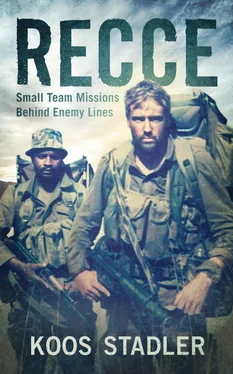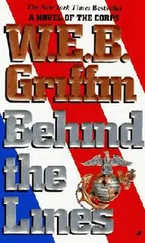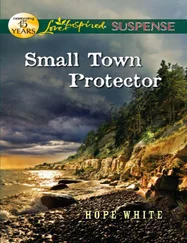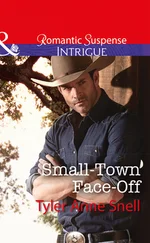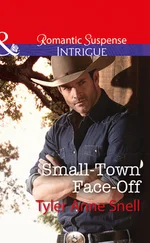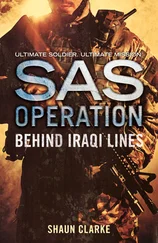On the third day of the mission, instead of running out of ammunition, we ran out of battery power for the radio. With the last bit of battery life, I called in a resupply. This was done by Alouette, which didn’t need a large landing zone, so I left four guys in the hide among the trees and headed off with one Bushman to an open area a few hundred metres away. The resupply went smoothly and soon the noise from the two Alos died away as they disappeared to the south.
I was still speaking to the pilots on the VHF radio when two Bushmen suddenly dashed into the open from the direction of the hide, eyes wild and thumbs pointing down from their closed fists in the familiar sign for “enemy”. Xivatcha and his buddy were nowhere to be seen.
“SWAPO, baie, baie [many, many]…!”
“How many?” I demanded and they cried out, “Maar baie, baie, Luitenant. Miskien twintig of veertig [A lot, Lieutenant. Maybe twenty, or forty].”
I immediately called back the two retiring choppers, just managing to get a signal through by holding the radio above my head. The pilots, keen for some action, didn’t hesitate.
At that point I was expecting the worst, thinking that the other two members of our team had been overpowered by the enemy. We rushed back to the area of the hide in line-abreast formation, going low as we approached. They were still there, Xivatcha and his buddy, guarding our packs and watching the enemy moving past them to form up for an attack. Suddenly the choppers were there, circling overhead.
The six of us broke cover and advanced towards the positions where the bulk of the enemy was last seen. As we approached, we donned our bright orange Day-Glo panels so the pilots would recognise us – standard practice for troops in combat zones at the time. Then the contact erupted, with shots fired from every direction. A chaotic firefight ensued, and the thick bush made it impossible to determine the enemy’s direction of attack, as we were now right among the SWAPO fighters. Amid the shooting, the shouting and the two gunships circling and pumping 20-mm rounds into the bush, I desperately tried to hold the team as close together as was tactically safe.
The pilots, trying to distinguish friend from foe in the chaos below, requested that I show Day-Glo and keep my team together. The more I told them that we were already doing this and were keeping together in a sweepline formation, the more they countered that we were more than six and not exactly in line. It transpired that some of the SWAPO cadres, knowing that they had no chance of survival once they were isolated and spotted by the gunships, cleverly fell in with our formation, moving from cover to cover in the thick undergrowth on the flanks of the sweepline.
Applying fire-and-movement, or “buddy-buddy”, we advanced through the contact area, shouting battle commands and delivering a constant volume of speculative fire into the undergrowth. After a few hundred metres the bush opened up and we realised that there was no more opposing fire. Then bursts of AK-47 shots erupted from the contact area from where we had just emerged. The pilots called us back into the killing zone and circled the area as we advanced to contact once again. Soon we engaged at short range with SWAPO cadres who had been hiding and were probably as confused as we were, not knowing which direction we were attacking from. With the lead gunship circling overhead, we eventually swept through the contact area no fewer than four times while the other chopper covered probable escape routes further out.
I never got into the habit of counting heads, or “kills”, as subconsciously, and later deliberately, I could not bring myself to believe that three or four dead could influence the outcome of a war. But the Air Force claimed six kills, for what it was worth, and they loaded the bodies and stacks of AK-47s on board the Puma helicopters dispatched to the area after the contact – for the intelligence guys to analyse. The team received a resupply of ammunition and water, and continued with the route reconnaissance mission.
At our last halt that evening, I sat down with Xivatcha’s buddy and asked him why they had stayed at the hide earlier the day in the face of such an overwhelming enemy force.
“Xivatcha,” he said, “it was Xivatcha that insisted that we stay. When the Bushmen ran away, we didn’t know if you were aware of the terrs [SWAPO cadres], and that they were forming up for an attack. So he wanted us to guard the equipment and open fire when they came – so that you would be warned in time.”
After the reconnaissance, we withdrew to the border and met up with Combat Group 30 to prepare for Operation Protea. The recce team was divided between the two lead Ratels. [7] The Ratel, a six-wheeled infantry fighting vehicle (IFV), is still used by the SANDF.
At last light on 23 August 1981 Combat Group 30 crossed the border into Angola. Because there was no space left inside the Ratel, Xivatcha and I had to sit on top, clinging to weapons and handrails. It was bitterly cold; we were given blankets, but the cold penetrated to the bone. However, we led the battle group all the way up to the tar road leading to Xangongo, passing toilet-paper ghosts in the darkness on our route.
When the combat group eventually reached the tar road and turned west towards Xangongo, it was daylight. I felt frozen, but there was no time for self-pity, as these guys were heading for a fight and were quite serious about it. By now I was the only pumpkin sitting exposed on top of the lead Ratel, since Xivatcha was ordered to sit inside, but there was still no room for me. I lay down behind the turret as the machine gunners started delivering speculative fire into the bush left and right. Every time they let off a burst, I shrunk away even further.
Fortunately, the resistance was relatively weak, as the defenders had already withdrawn by the time we passed their positions, probably realising that they would be cut off once the main attack force had taken Xangongo.
Combat Group 30 did not participate in the fighting at Xangongo, as its job was to neutralise Peu-Peu and then act as cut-off during the attack on Xangongo. My recce team was eventually airlifted to join up with the rest of 31 Battalion, which formed the main component of Combat Group 50, under the command of Frans Botes, the OC 31 Battalion. Combat Group 50 would be involved in mobile area operations as part of Operation Daisy deep into SWAPO-held territory in the areas of Evale and Nehone.
6
Operation Daisy
November 1981
OPERATION DAISY was essentially an area operation aimed at neutralising SWAPO forces in the terrain between the Cunene and Cubango (Kavango) rivers in Cunene province. I remember Daisy as a series of contacts along the route as we pushed deeper into Angola. During his final briefing, Commandant Botes told subordinate commanders: “We follow this route past Evale and Mupa towards Cuvelai, and we give them a bloody nose as we go along…”
Operations Daisy and Protea

We joked about this, because we could not imagine that the SWAPO detachments would sit and wait for us to “give them a bloody nose”. To our surprise, it turned out exactly the way Botes had predicted. It transpired that the detachments north of Mupa were waiting for a resupply on the very day and on the same route that we approached from the south. We realised afterwards that they must have confused the noise of our vehicles with that of their own. Throughout that day we bumped into elements of SWAPO and engaged in running skirmishes. We even captured a Volvo staff car and the replenishment truck, a Russian GAZ 66 loaded with bags of maize and dried fish.
Читать дальше
